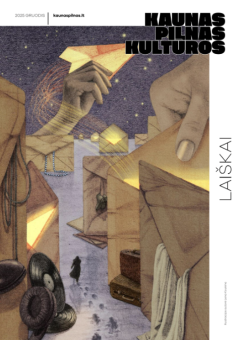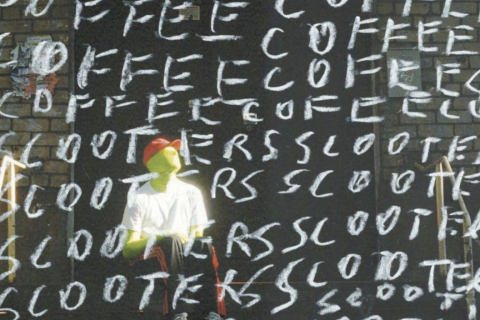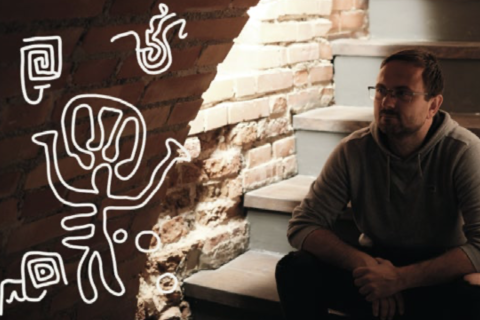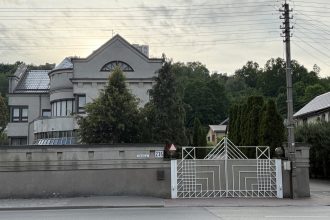Living in the city, one can certainly do without a personal watch. Even if your phone battery dies, you will always know the time. If not for the simple mechanical clocks or historic sundials, then the Laisvės Alėja fountain playing every hour, or the Žalgiris home games in the EuroLeague which always begin at 19:44 (and the associated city-wide roar), will help you find your bearings in the day. To make it easier, the ‘Kaunas Full of Culture’ team has slowed its pace to prepare this guide to the timekeepers of Kaunas. It certainly doesn’t include every single one, so we invite you to continue the list.
Vytauto pr. 24
The reconstructed Kaunas Bus Station was opened in 2017, and within it, Gintaras Balčytis—who would later become a laureate of the Lithuanian National Prize for Culture and Arts and chairman of the Architects’ Association of Lithuania—designed a record-breaking clock. Indeed, travellers are greeted by the largest electromechanical clock in the country. It has a diameter of 4 metres; its minute hand is 2.08 m long, and the hour hand is 1.33 m long.
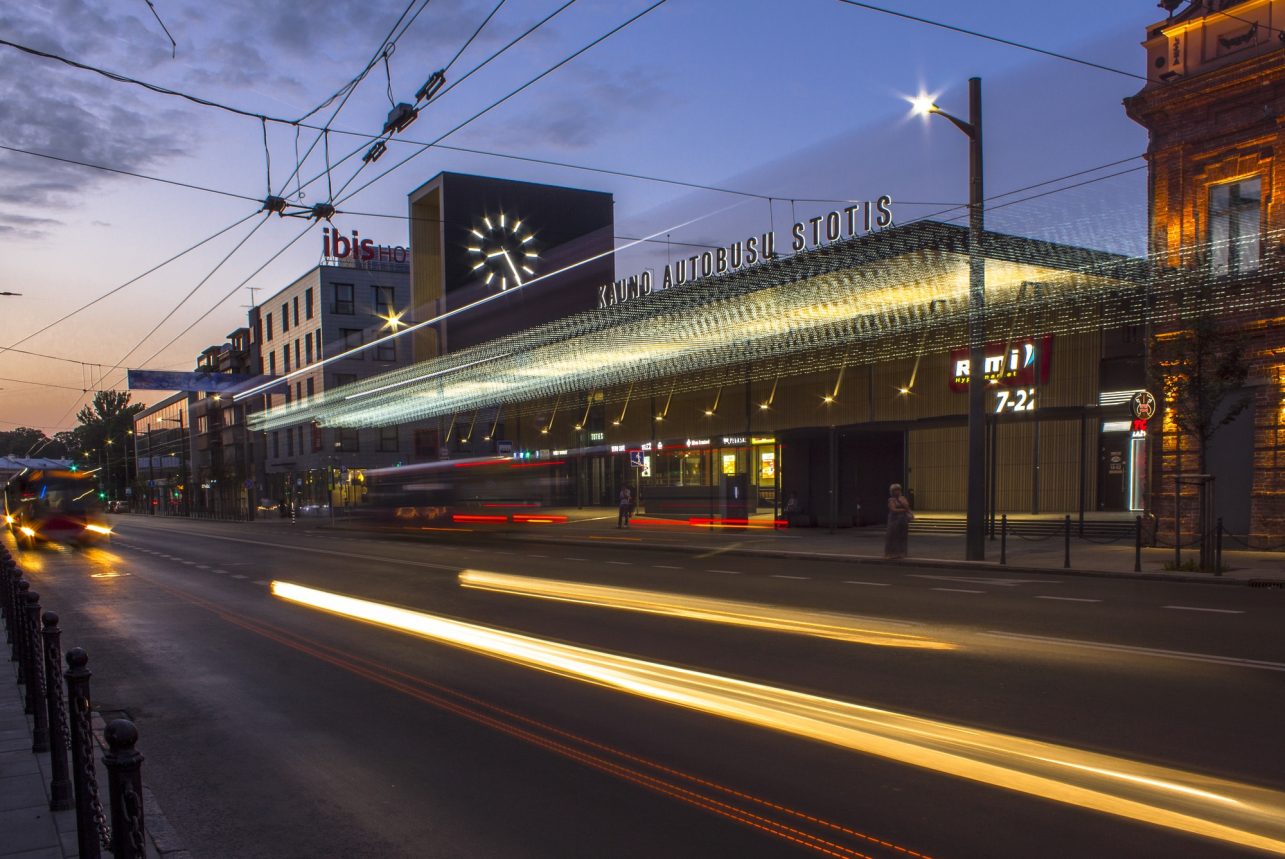
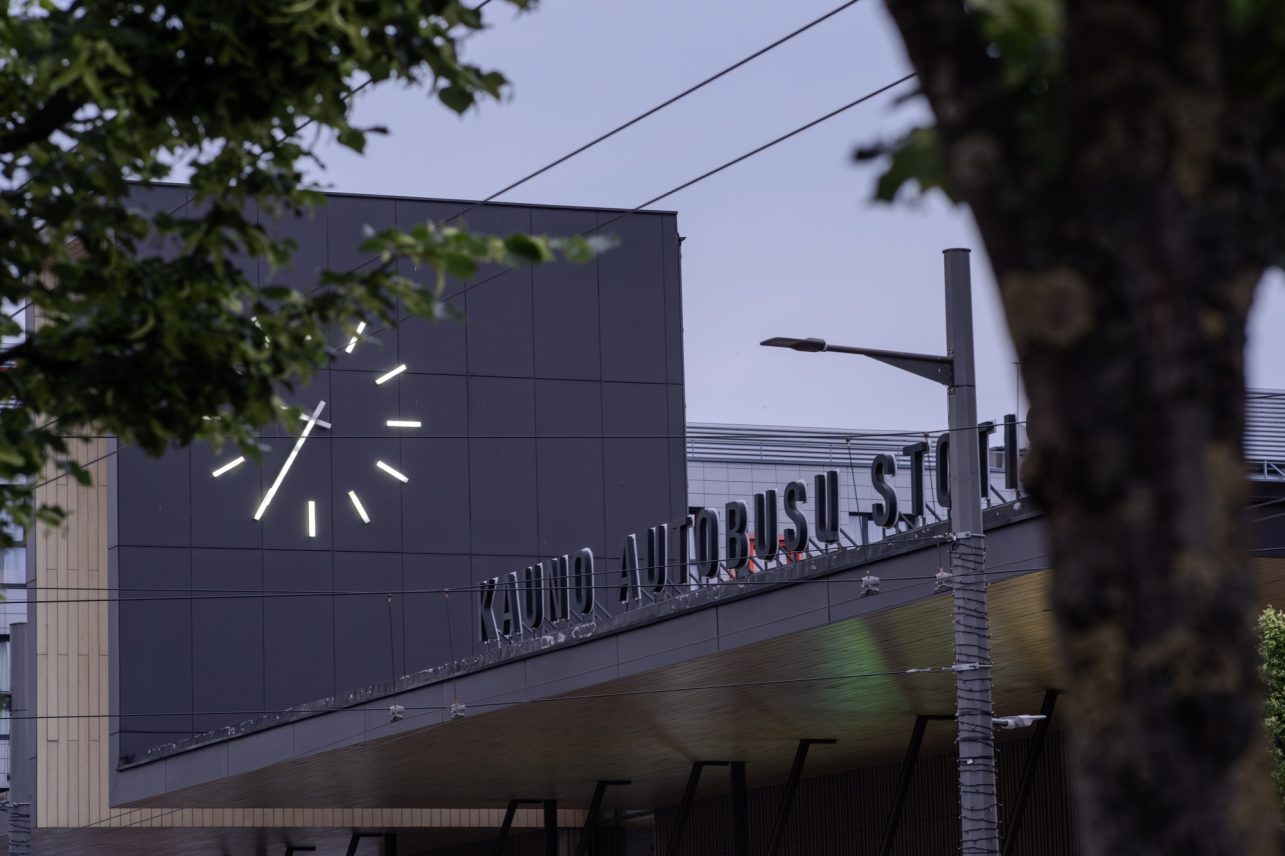
Rotušės a. 15
Speaking of superlatives, we invite you to tilt your head back, as this clock sits in the tallest tower in Kaunas Old Town, reaching a height of 53 metres. For many years, the Town Hall clock was accessible only to the clockmaker who tended to it, as the staircase leading up to it was in a state of disrepair. Now, when visiting the Kaunas City Museum exhibition, you can feel like a clockmaker yourself. The history of the Town Hall clock dates back to the late 18th century, when the mayor at the time, Henrikas Esenas, ordered a clock with bells to be made for the tower during its reconstruction. In 1907, the clock was replaced with a new one made in St. Petersburg. Its mechanism is thought to have been later taken to the Polytechnic Museum in Moscow, replaced by an electromechanical clock, which has recently been renewed again. The hours are struck by a 2 kg hammer!
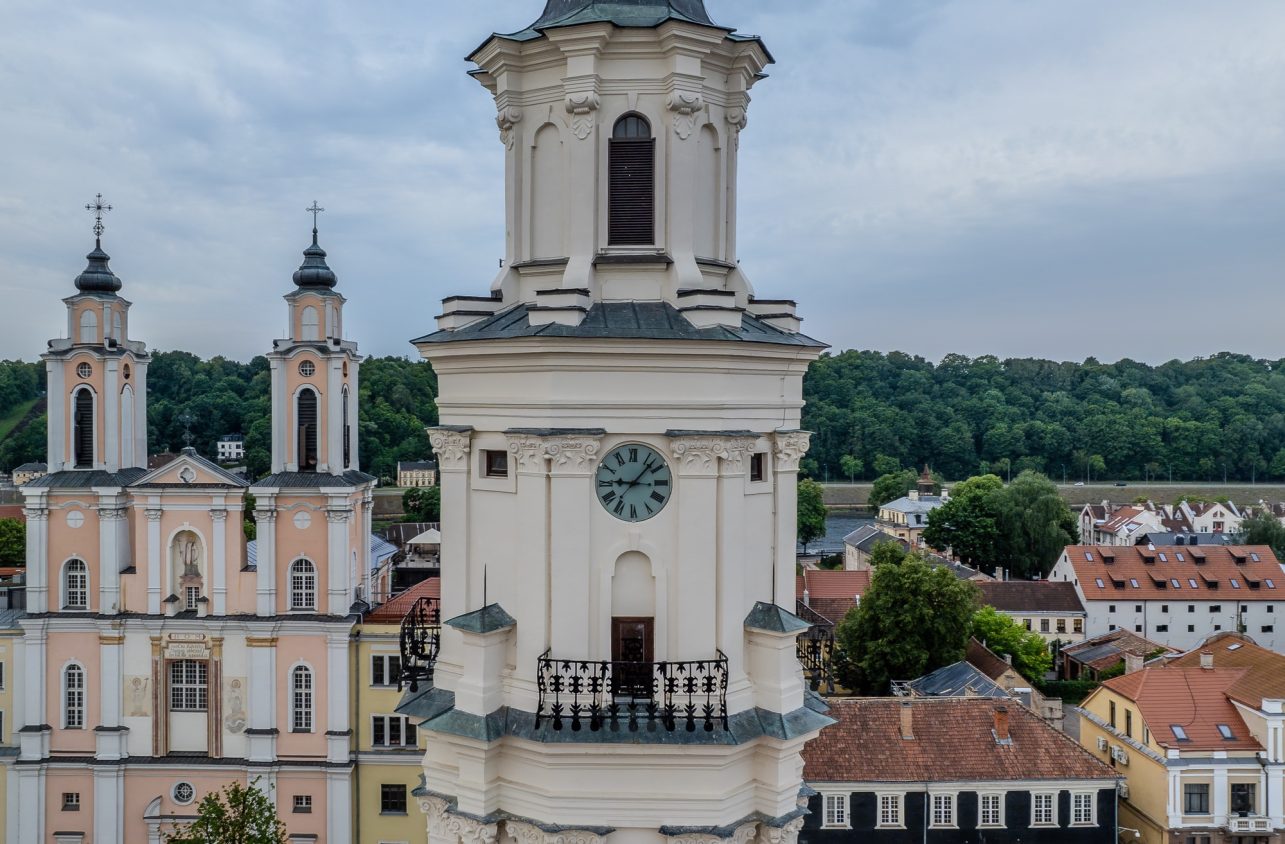
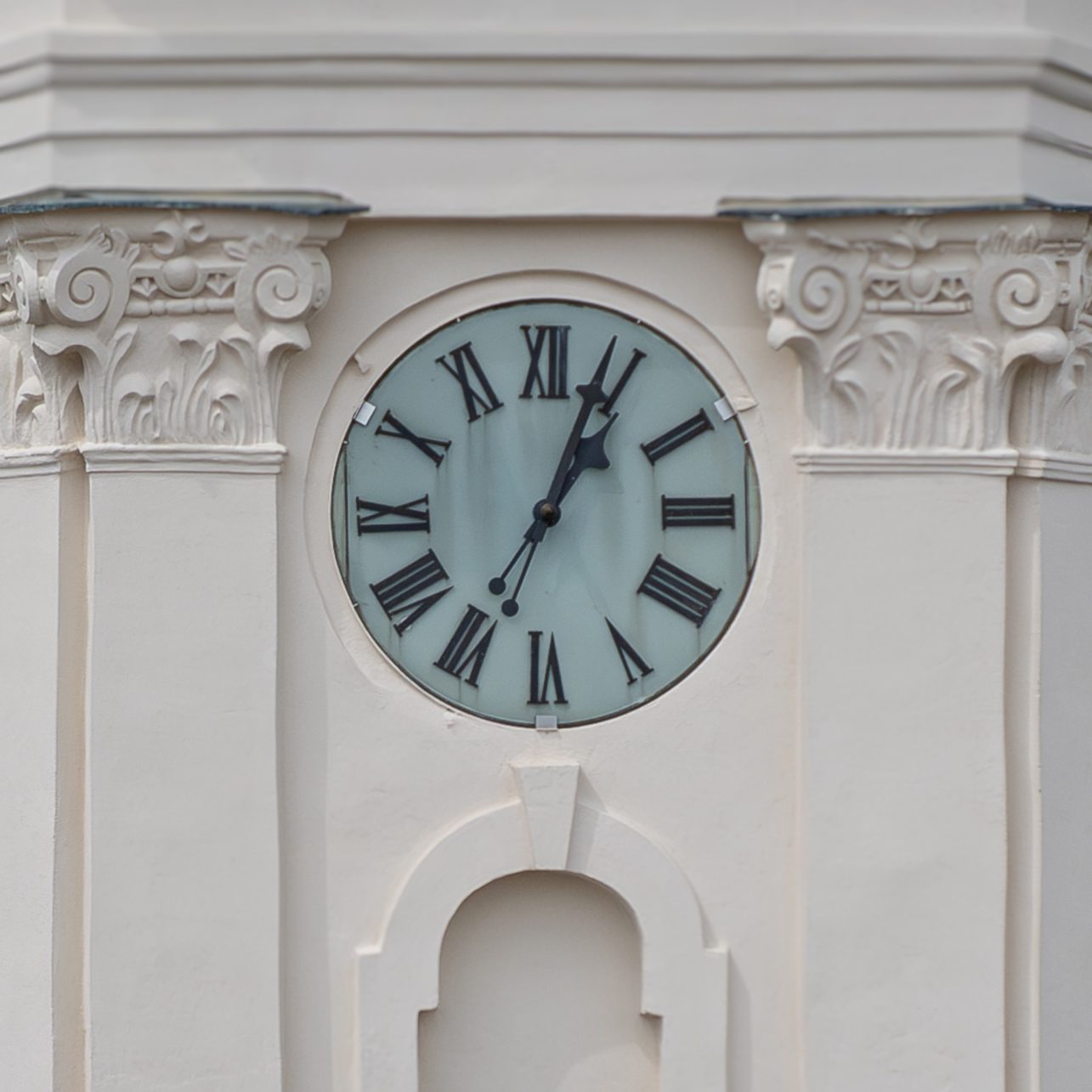
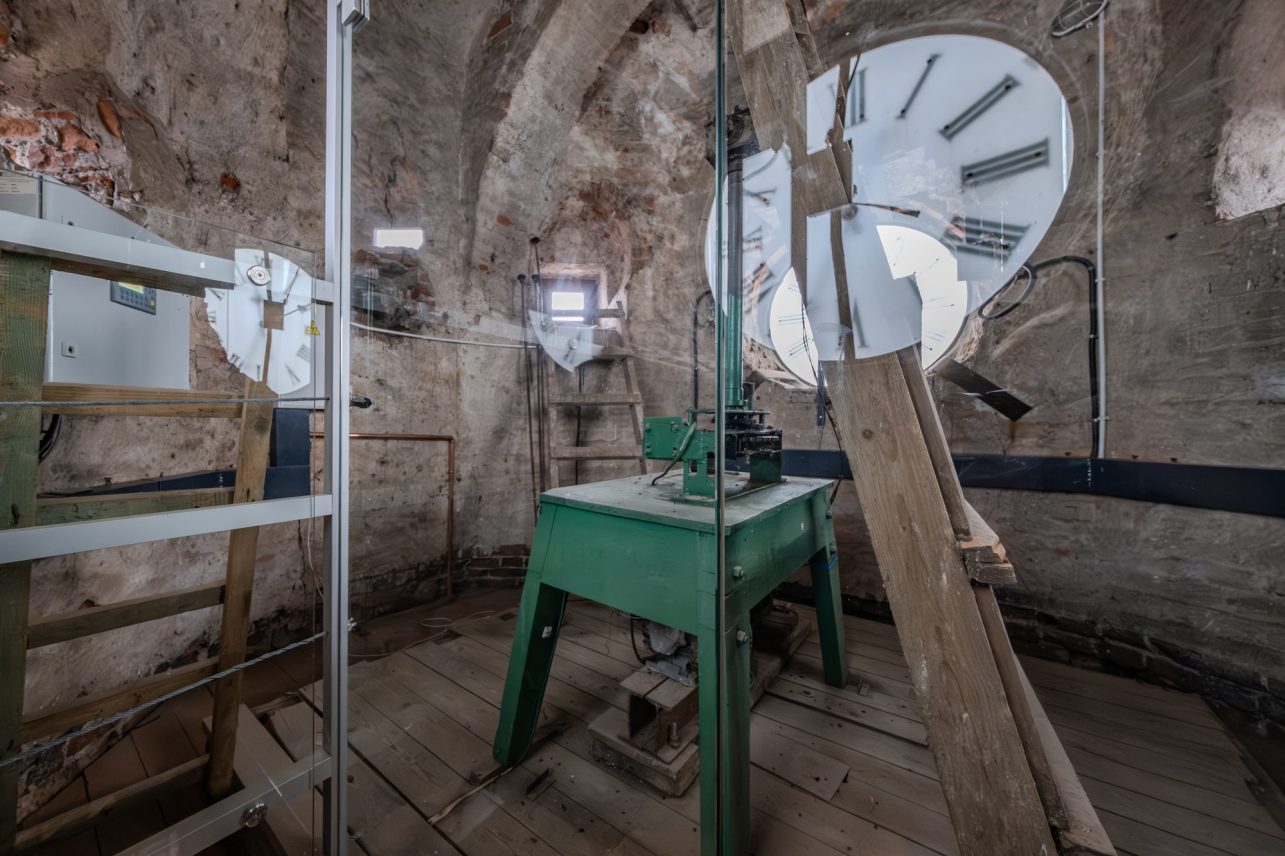
Muitinės g. 6A
The recently restored sundial at Vilnius University’s Kaunas Faculty smiles at passers-by day and night. It is aptly named “the smiling clock.” In 1986, during the Soviet occupation, its creators, Antanas Balkė and Ričardas Krištapavičius, ensured that the clock showed the precise local time for Kaunas, rather than the national Lithuanian time. The symbol, inspired by Gothic figures, resembles a window—as if symbolising the knowledge that flows from the university into the city.
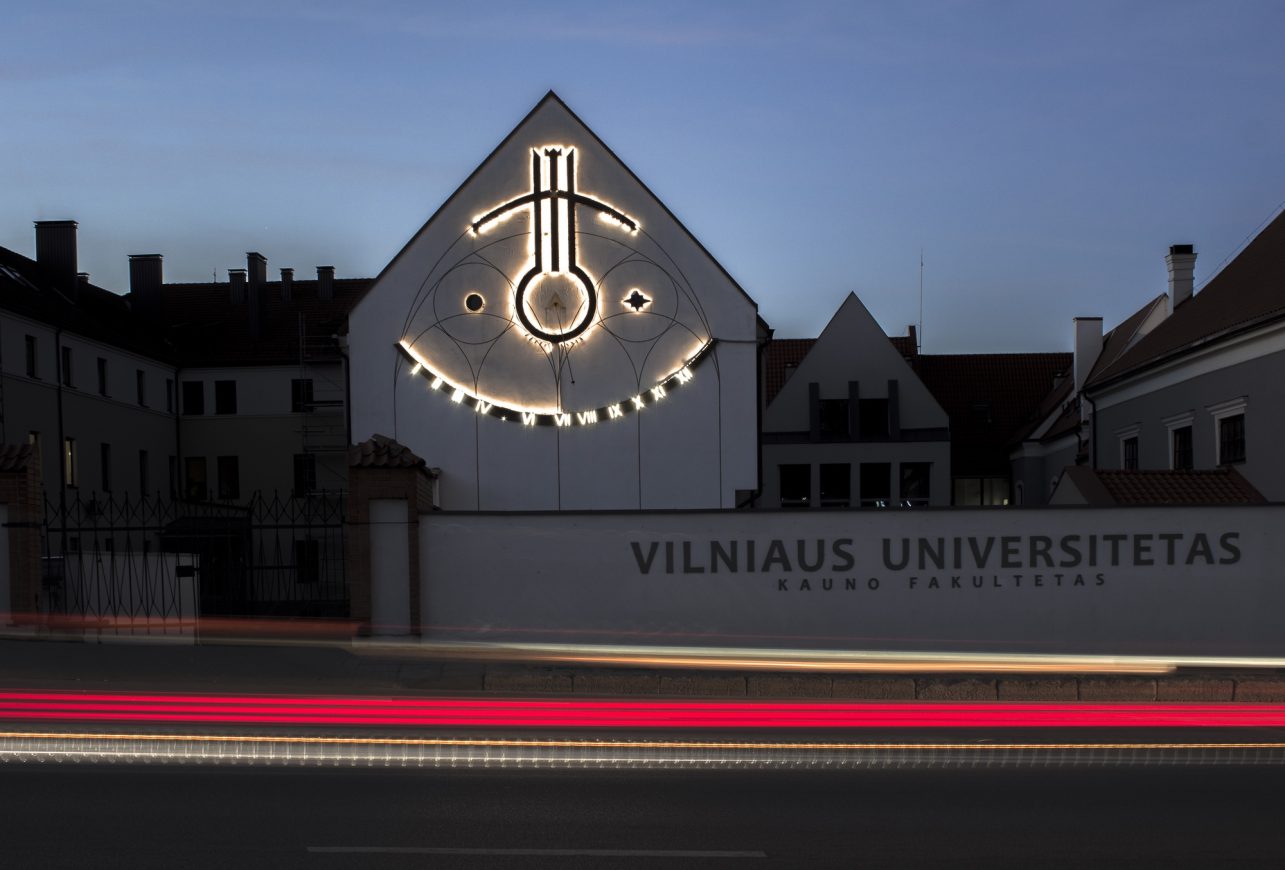
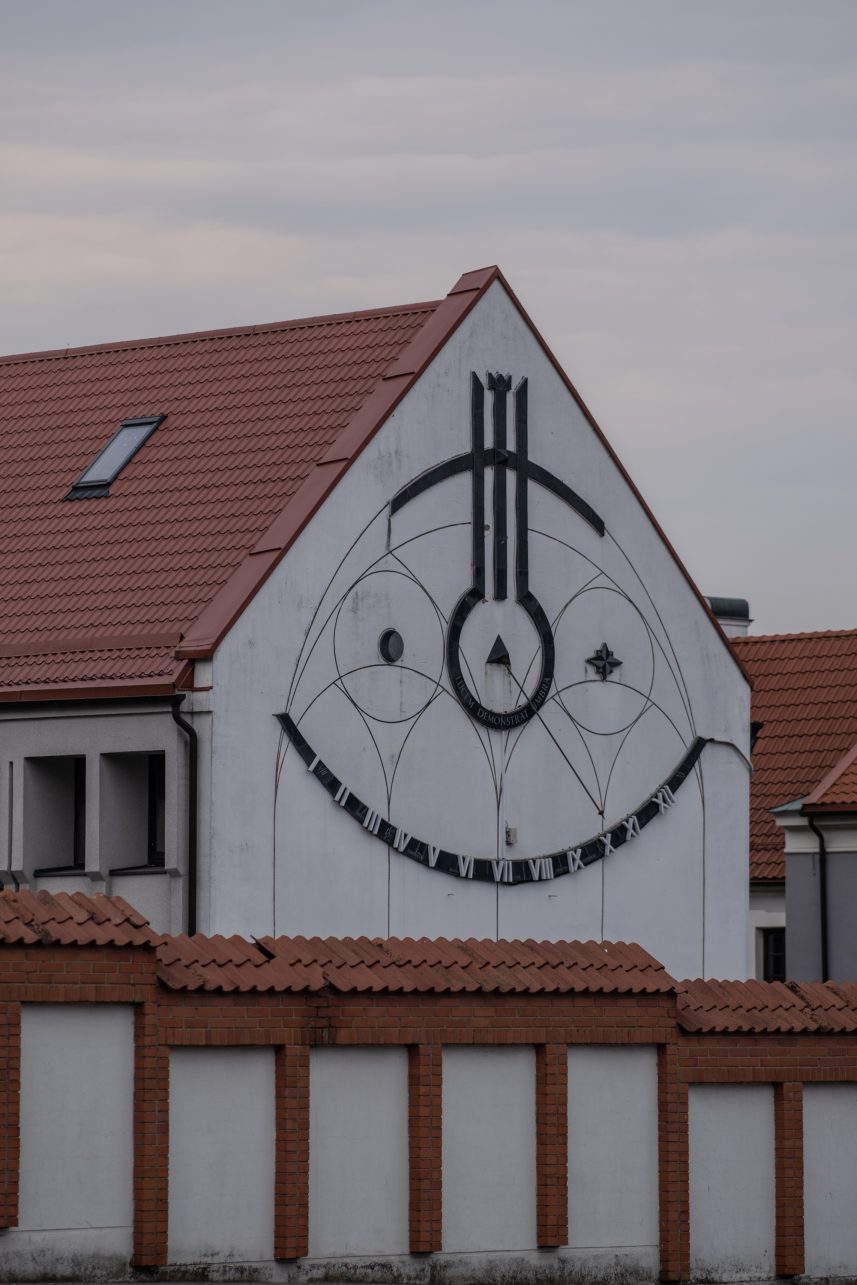
Studentų g. 48A
“Sundials have not lost their decorative and informational significance; people find them interesting not only for their design and beauty but also for the opportunity to enrich their astronomical knowledge as they try to figure out why solar time does not coincide with standard time,” once said KTU Professor Emeritus Jonas Navikas, one of the creators of the largest vertical sundial in Lithuania. Installed in 2006 on the southeastern wall of what was then the KTU Institute for Information Technology Development, the clock is a link between history and modern technology. The maximum length of its gnomon—the rod that casts the shadow to tell the time—is 8.597 m. Incidentally, the KTU student campus also features a human shadow sundial, installed in 2009 on the lawn next to the Faculty of Chemical Technology to commemorate the millennium of Lithuania’s name.

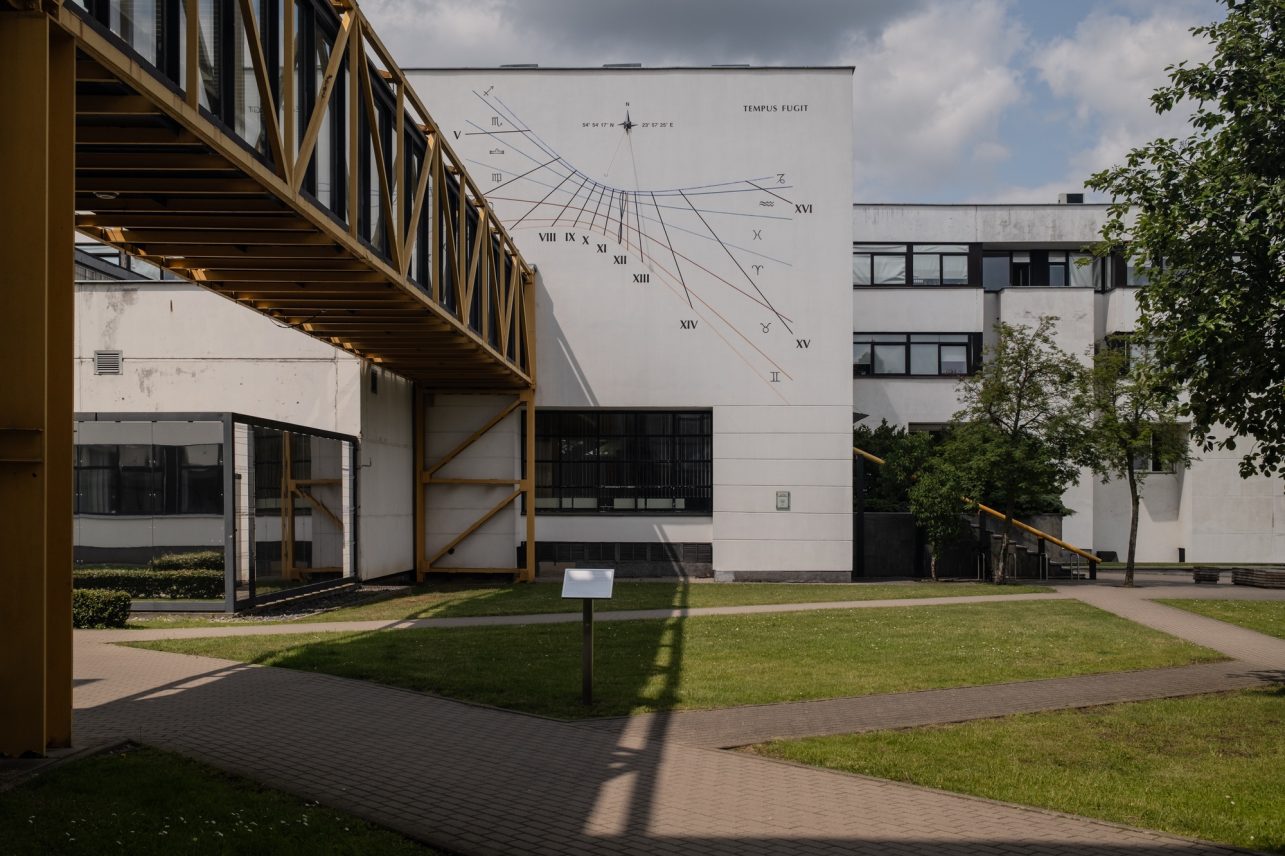
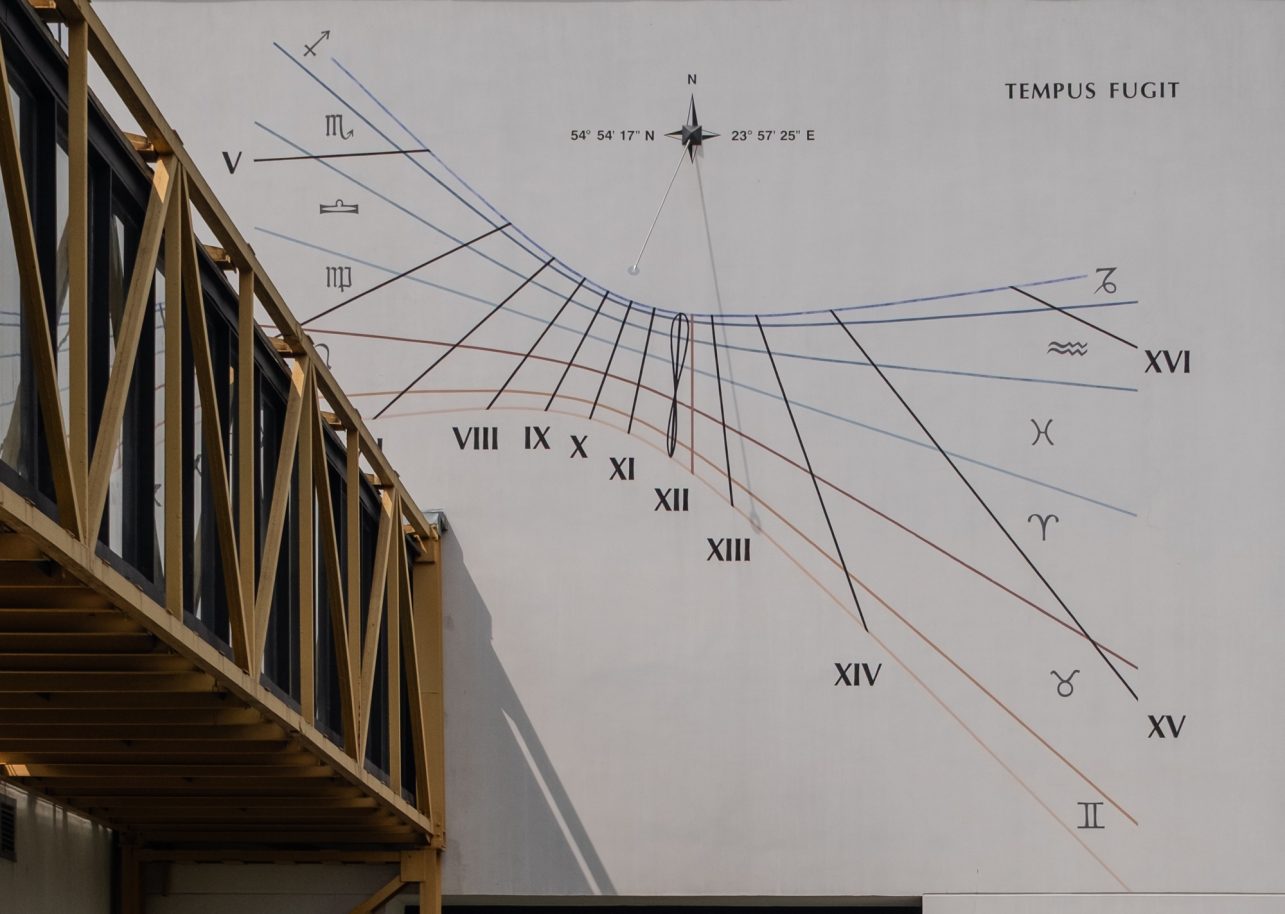
Vaižganto g. 30
Dozens of clocks can be found in the exhibitions and archives of Kaunas museums, each telling the diverse stories of their creators or owners. Besides, Lithuania even has a dedicated Clock Museum—you can find it in Klaipėda. This time, however, we invite you to take note of the wristwatch on display at the Sugihara House. Although the man himself, Jan Zwartendijk—a representative of the Dutch radio company Philips who became the Honorary Consul of the Netherlands and issued visas to Dutch colonies for Jewish refugees as the spectre of the Holocaust loomed—never visited this particular house, a room has been dedicated to this humble Dutchman, posthumously named Righteous Among the Nations, in the renovated exhibition of the former Japanese consulate. It features several of his personal belongings. This seemingly simple watch today symbolises the time that melted away while issuing the visas that saved so many lives.
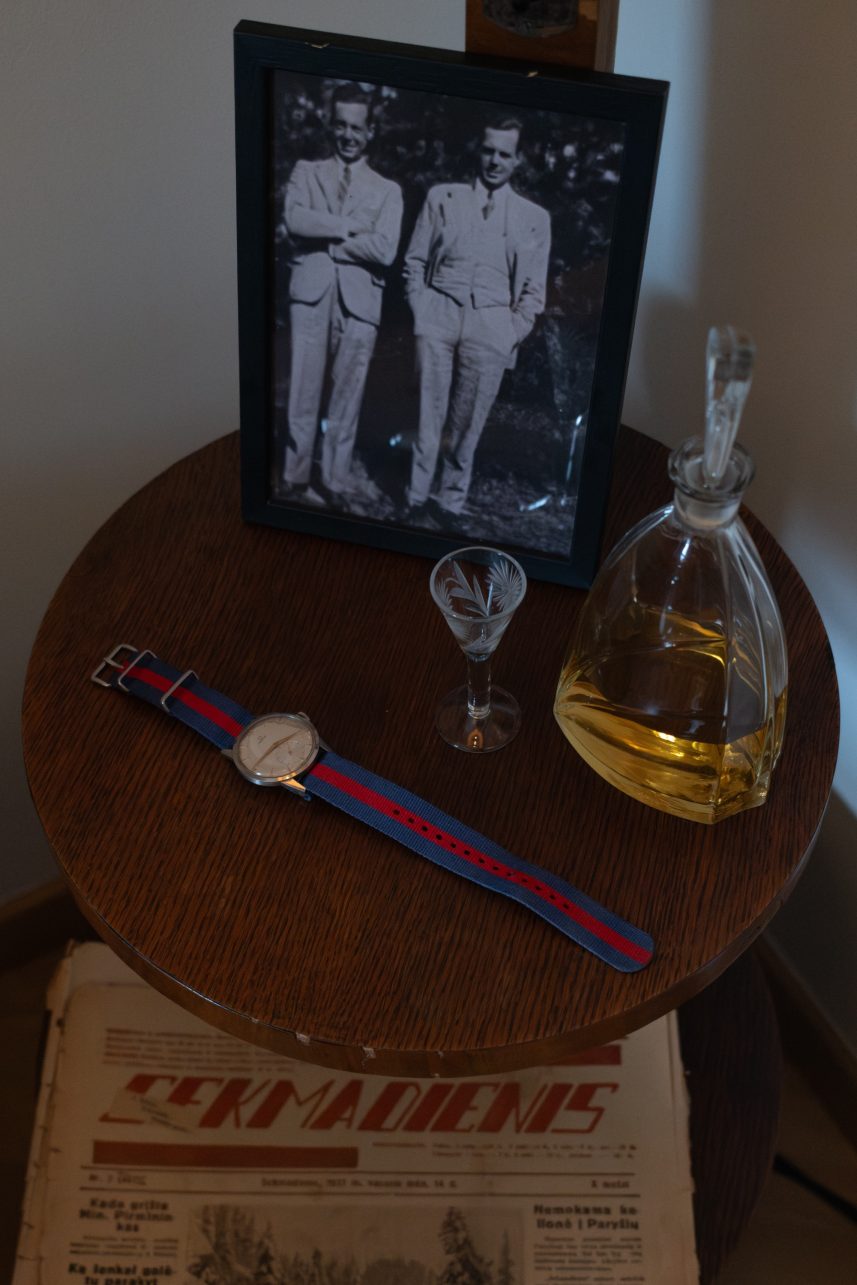
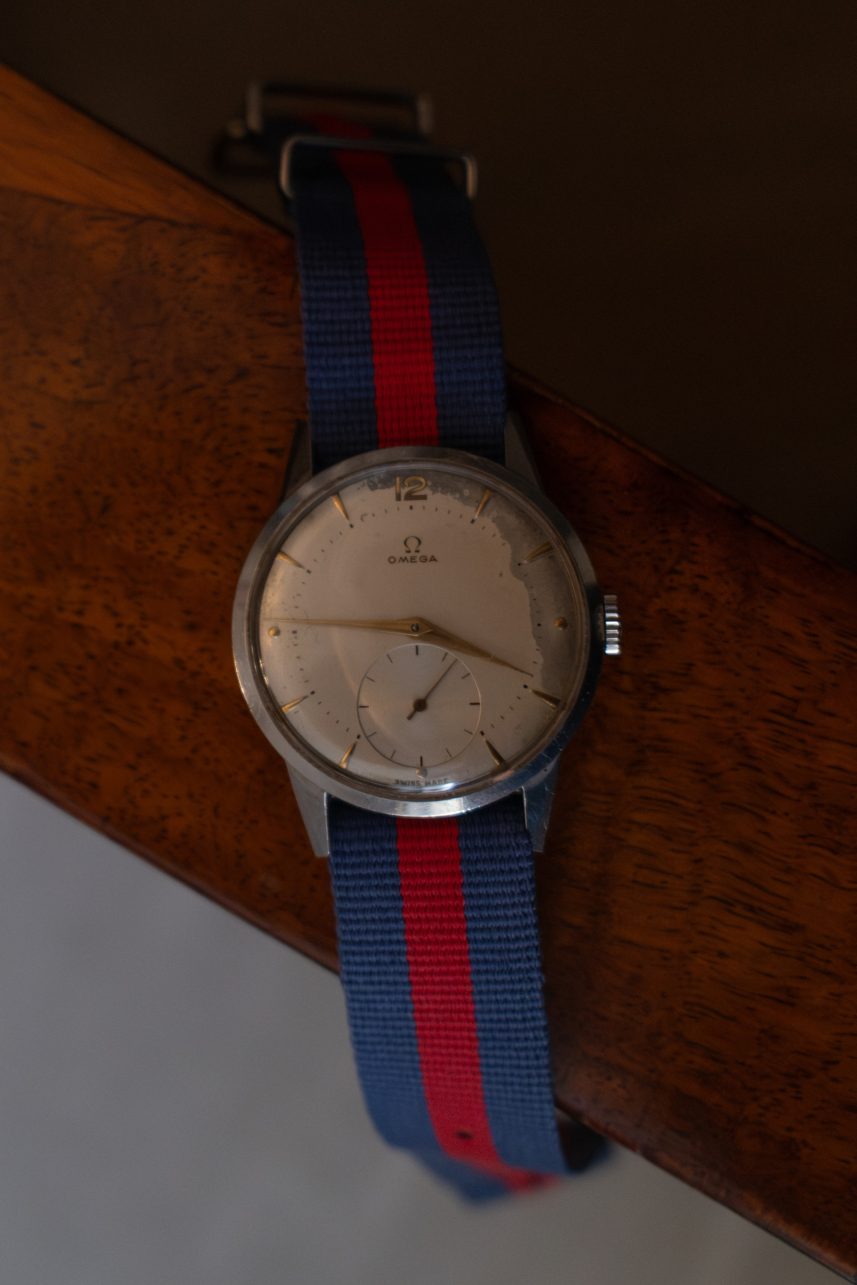
Šv. Gertrūdos g. 2
Having discussed so many clocks, it is time to meet their masters. This clockmaker’s workshop is the oldest in the city and has been in operation since the interwar period. Its craftsmen have been toiling here for nearly half a century! Iseris Šifris, a Holocaust survivor, began working here as a clockmaker immediately after the Second World War. He was the father of Bella Shirin, a ‘Kaunas 2022’ ambassador and an active optimist who was born in Kaunas, later lived in Israel, and has since returned to us. The story of this family is commemorated by a small drawing on the facade next to the entrance, depicting Bella’s pregnant mother and her father.
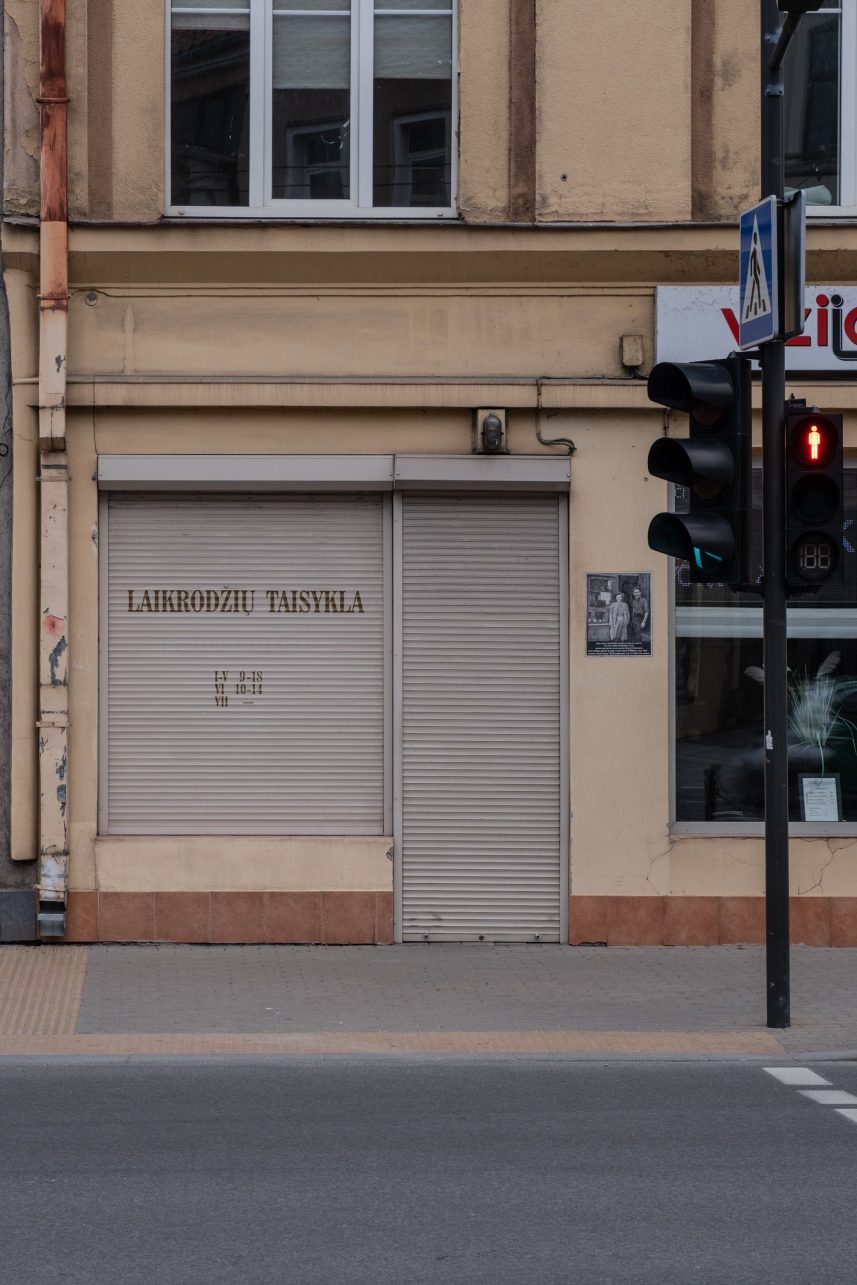
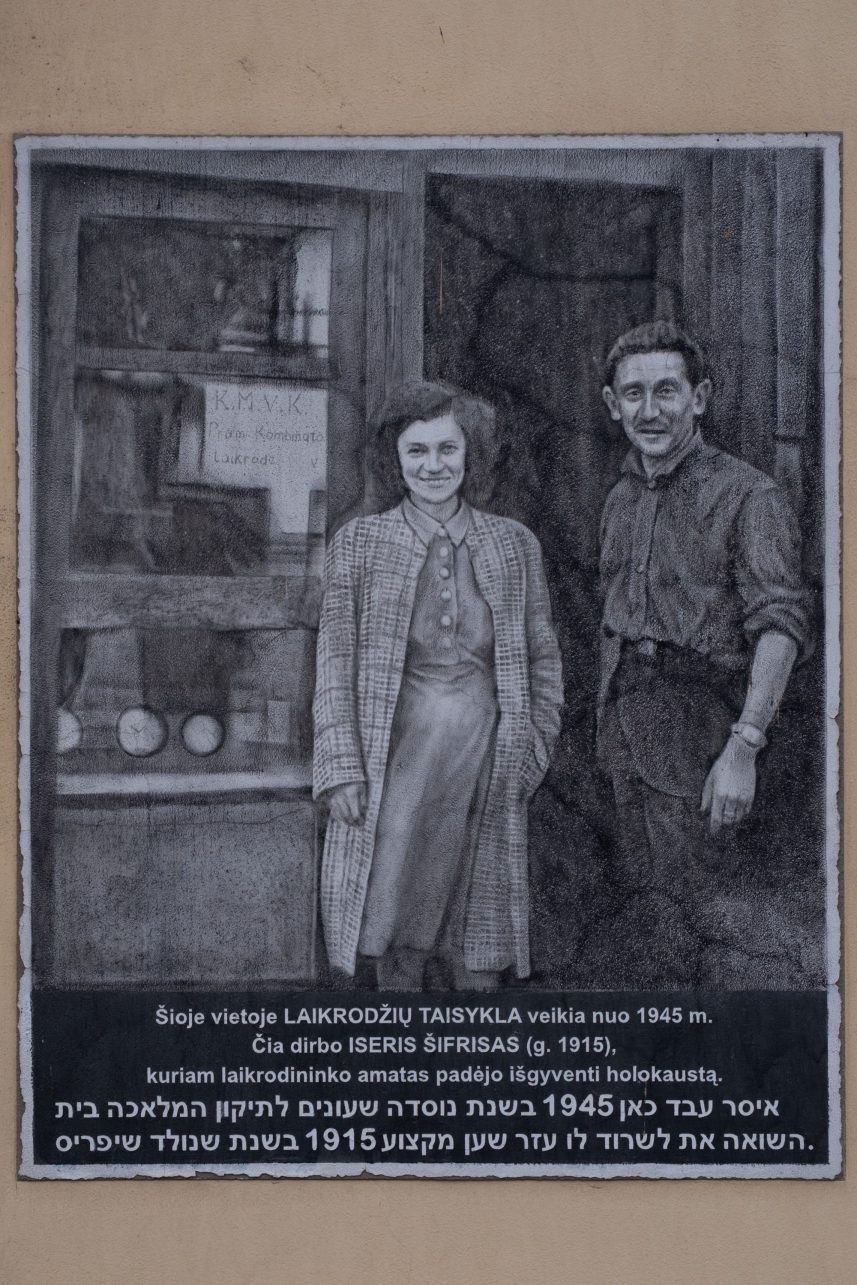
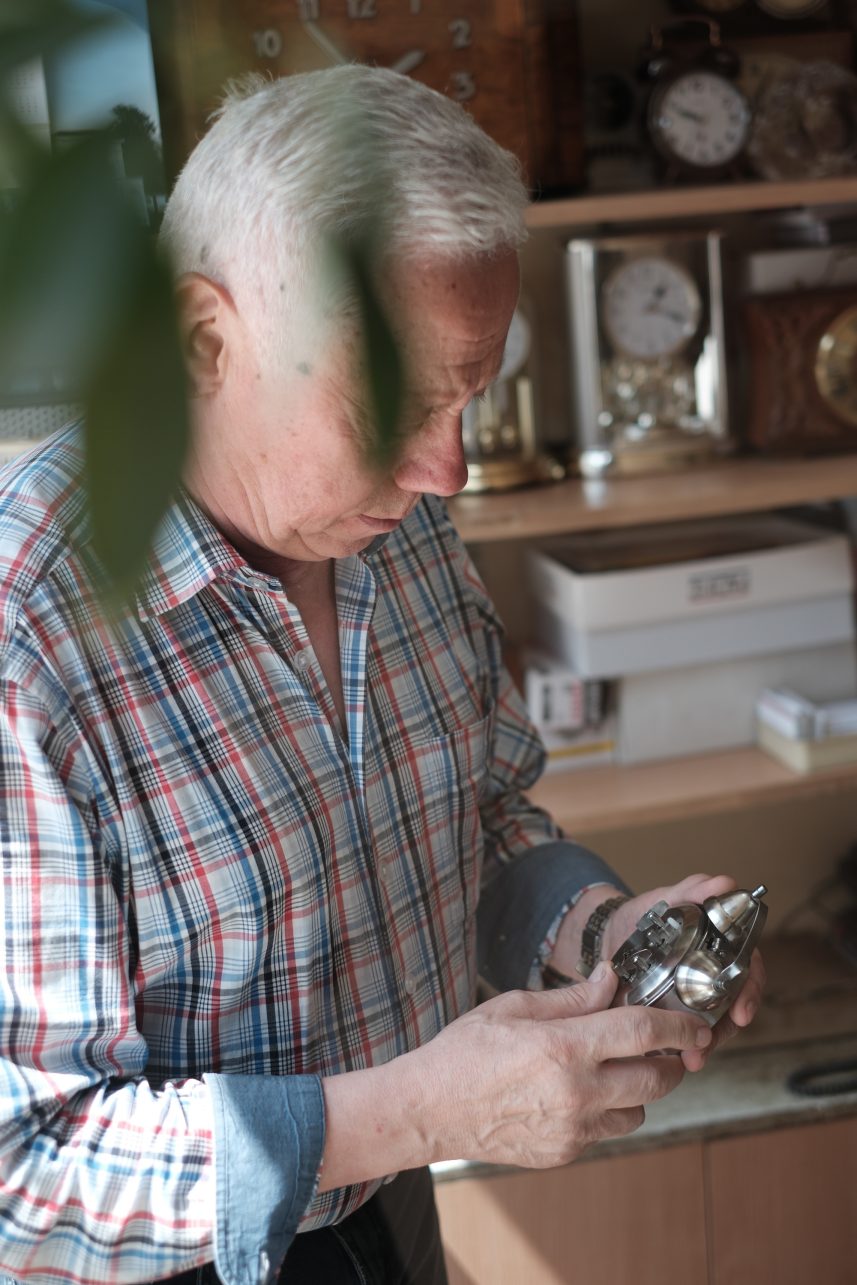
K. Donelaičio g. 64
This clock is not only seen but also heard by the many who work, attend cultural events, or live around the Vytautas the Great War Museum, as well as those enjoying their leisure time in Vienybės Square. In operation since 1936, this clock by the German company C.F. Rochliz was purchased during the interwar period with 100,000 donated auksinai. A clockmaker attends to it every Monday.
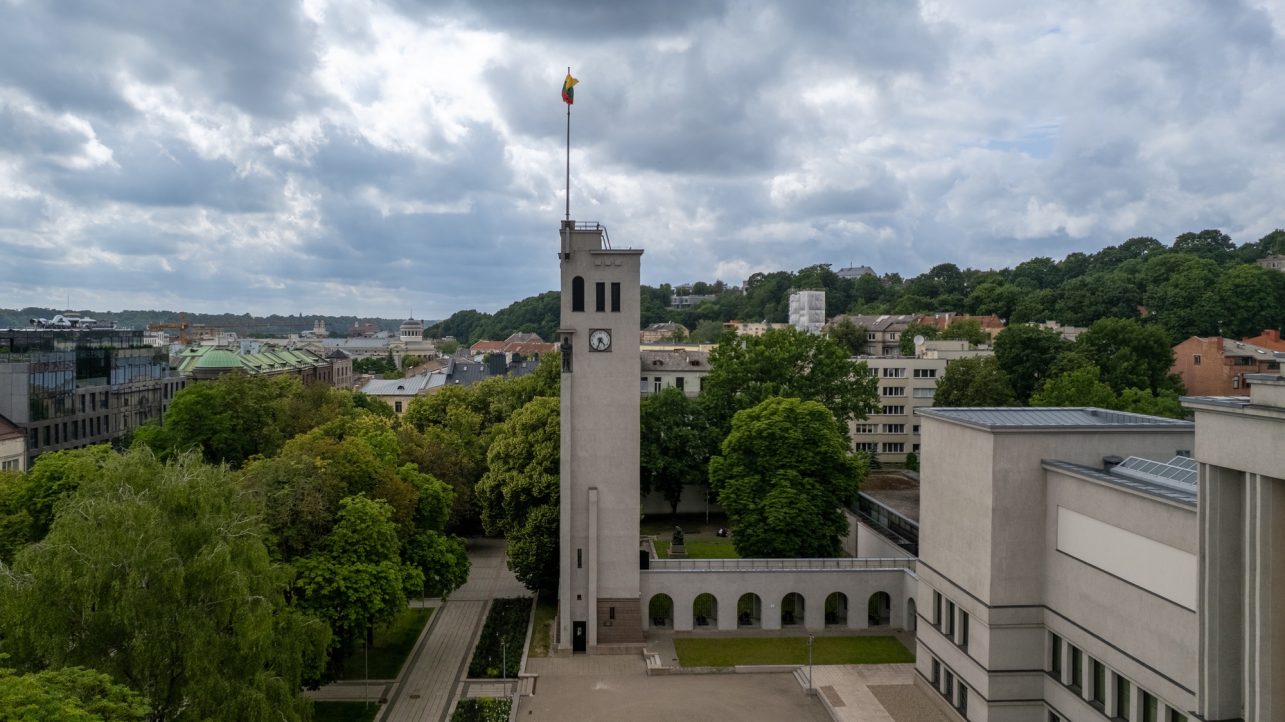

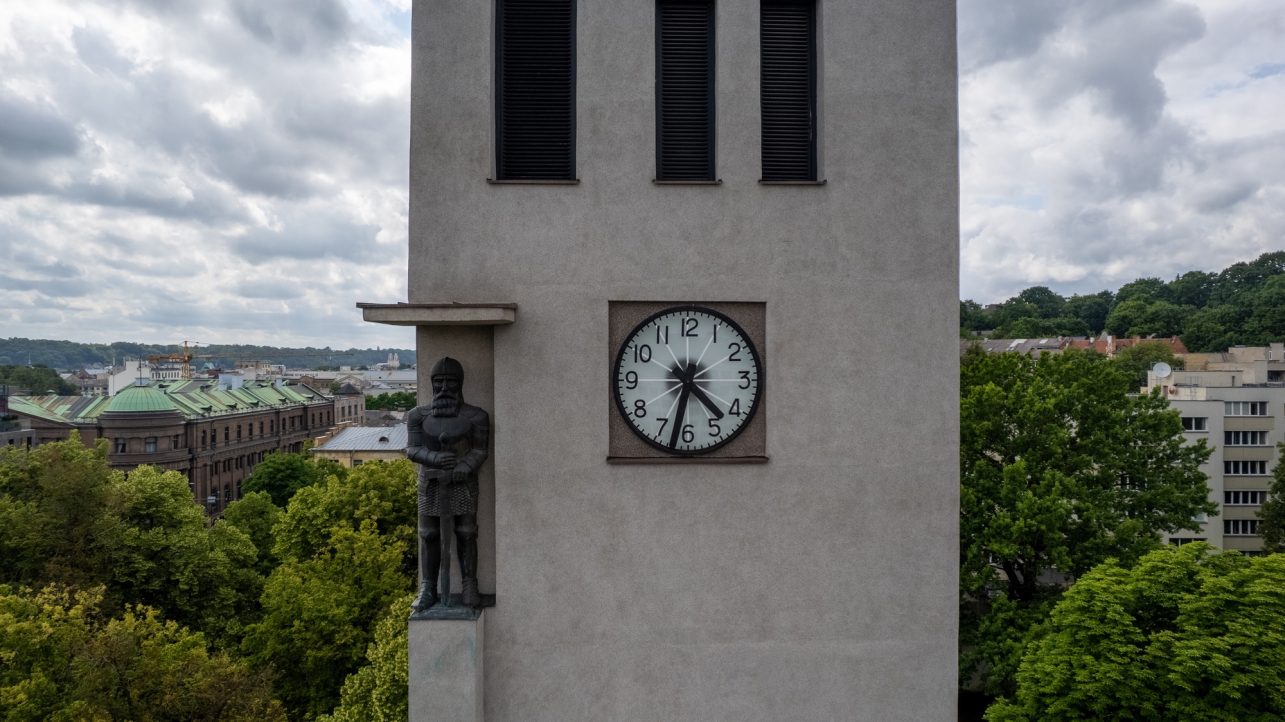
M. K. Čiurlionio g. 16
The Kaunas Railway Station looks different today than it did before the Second World War. The damaged building was brought back to life according to a typical Soviet project, reflecting the neoclassical trends of the time. It is said that before the war, time here was kept by highly precise Swiss mechanisms. The role of the current clock is also crucial—after all, trains wait for no one.
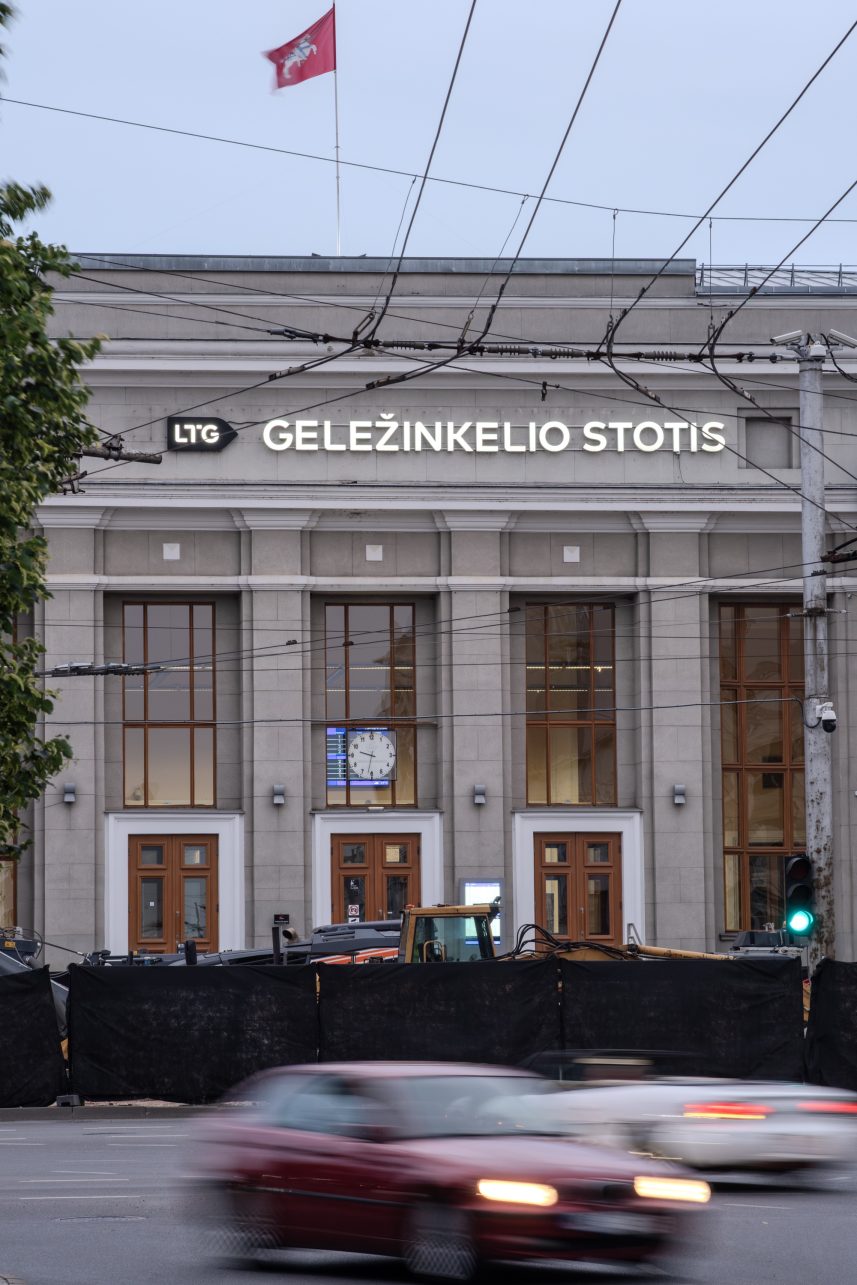
Laisvės al. 102
We symbolically conclude our tour of Kaunas time at one of the historic dating spots for Kaunas residents. One will have to wait a while until the clock of the Kaunas Central Post Office once again shows the correct time, so that the sweethearts waiting by it will know when their crushes might appear. The representatives of the National Architecture Institute, which will be housed here, have assured us that the electric clock, installed on the facade in 1935, is being preserved along with all the other valuable features of this icon of modernism designed by Feliksas Vizbaras. The press of the time, while praising it as “the only one of its kind in Kaunas in terms of modernity” and noting that it would be “illuminated at night,” also published caricatures mocking the 75 cm diameter clock for being hung so high—joking that it was not for the short-sighted.
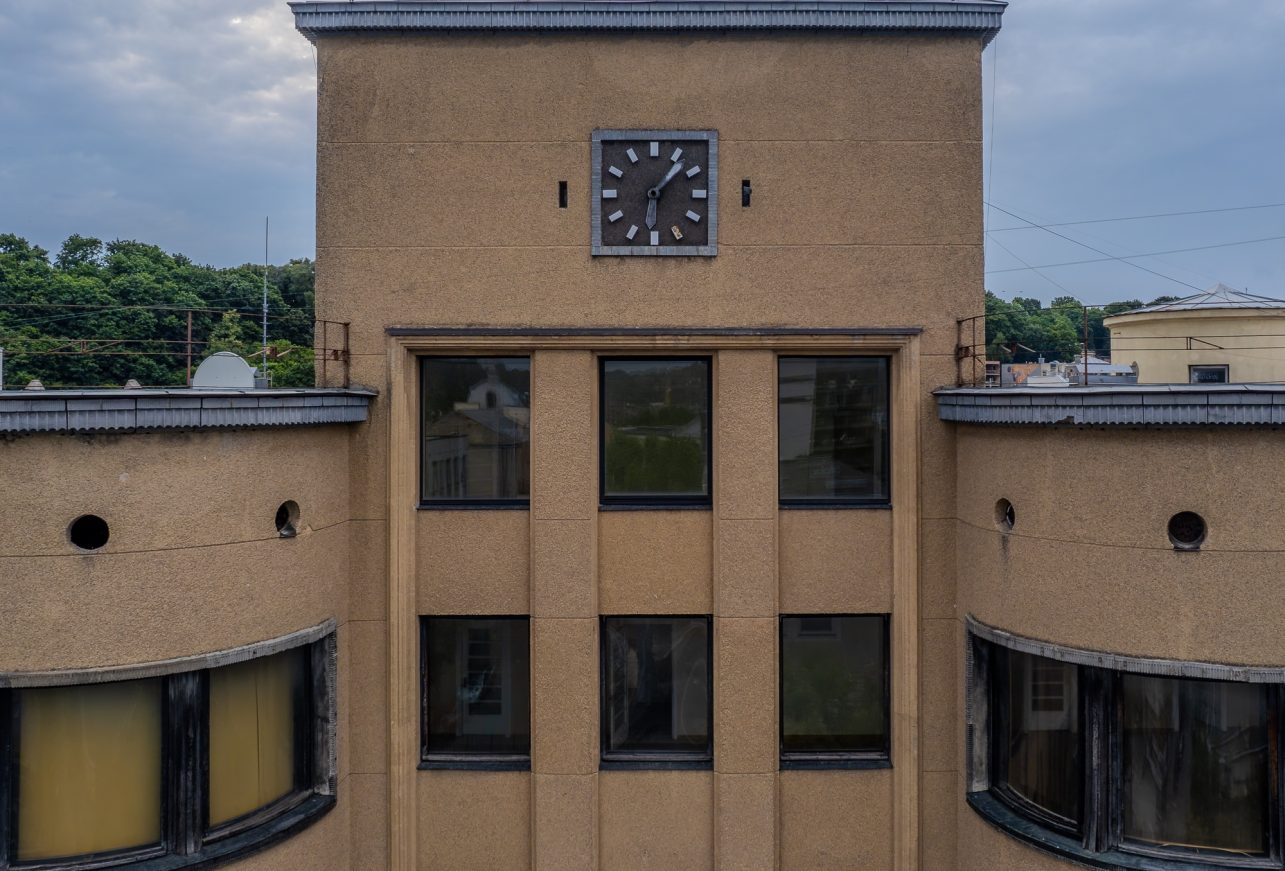
All photos by Arvydas Čiukšys
